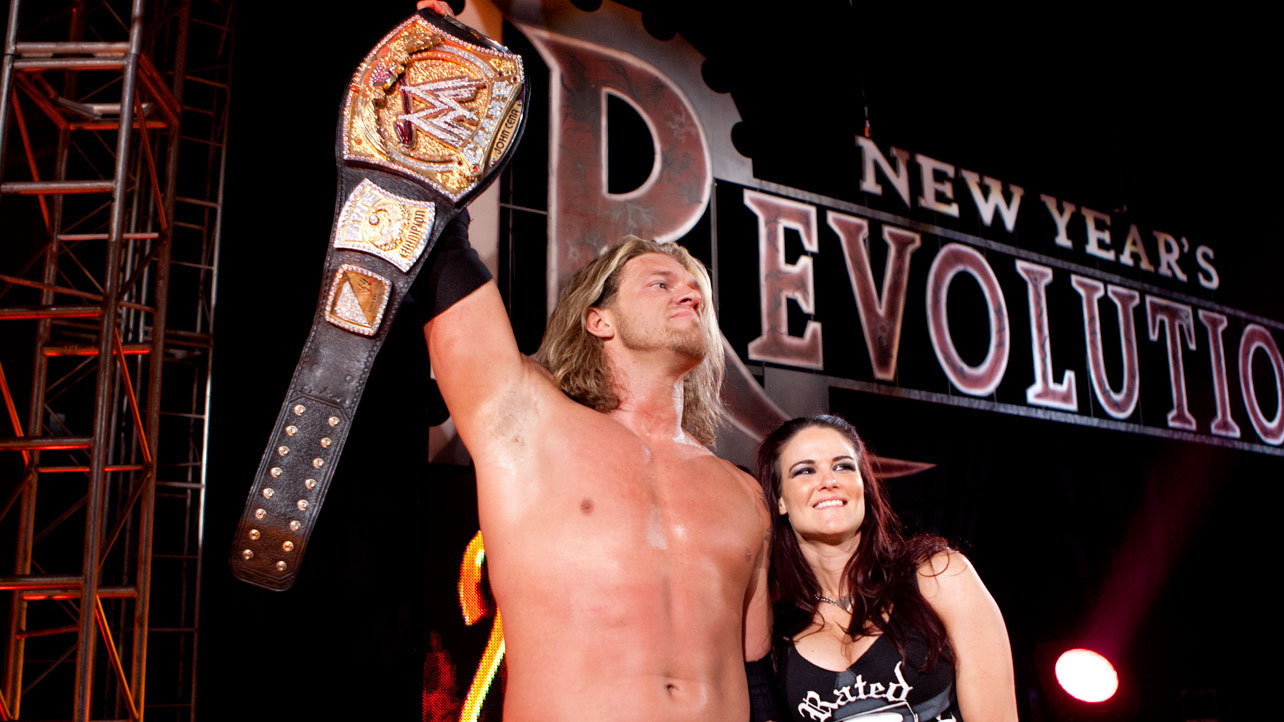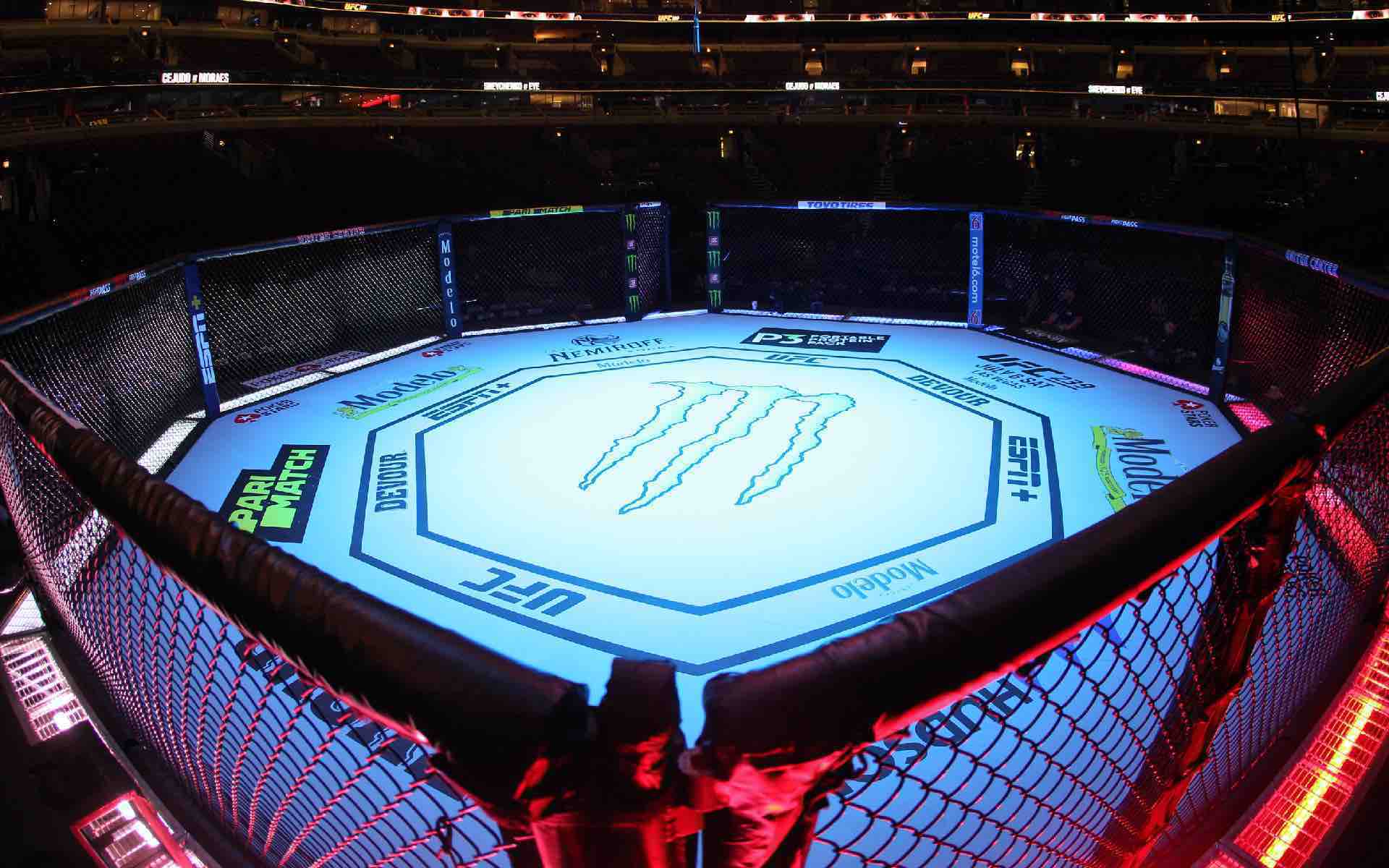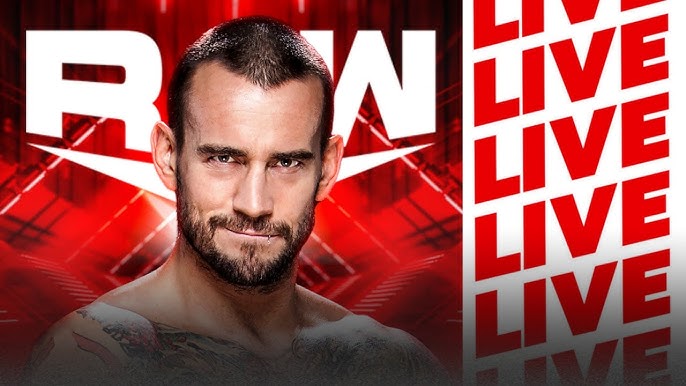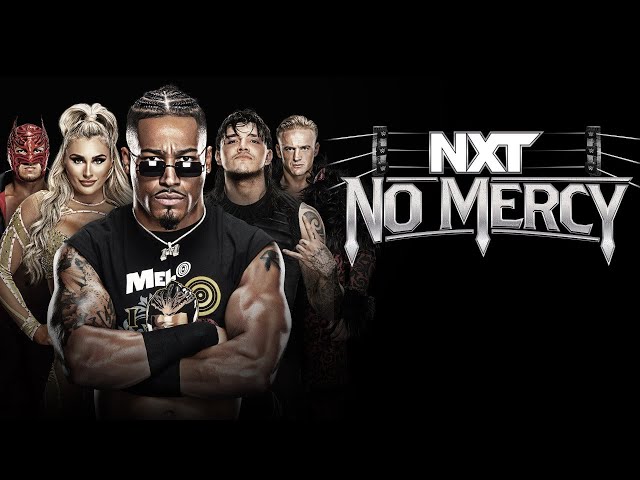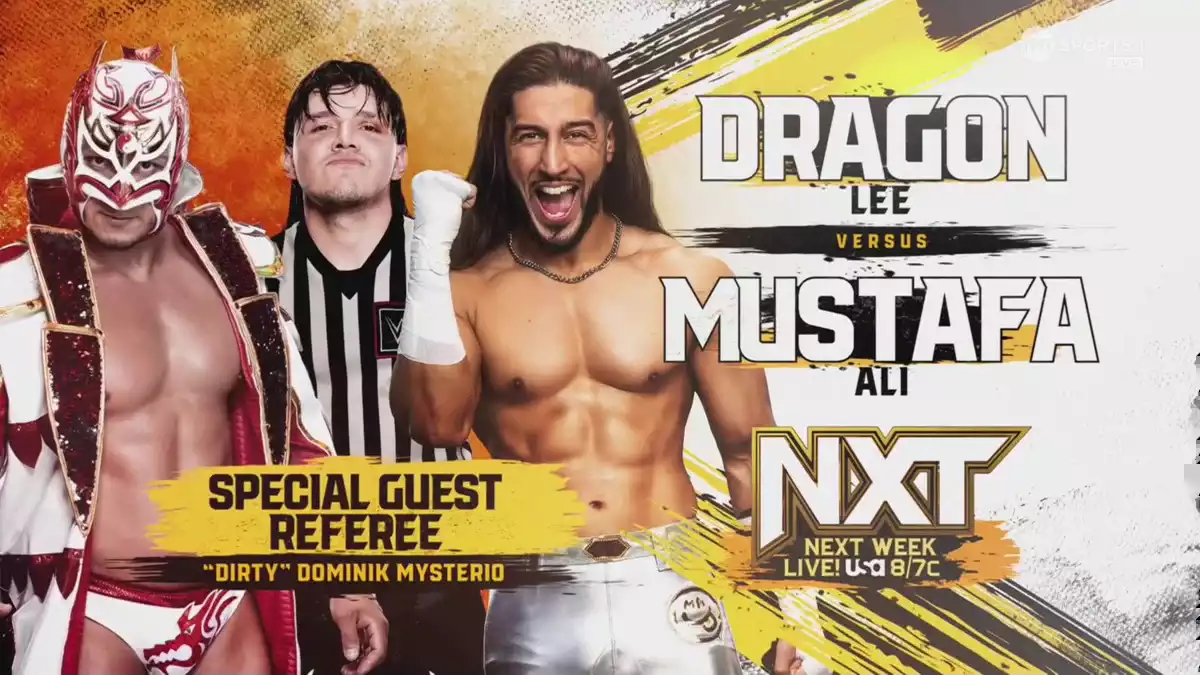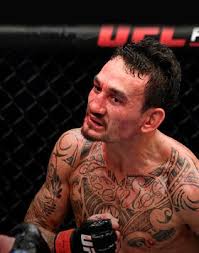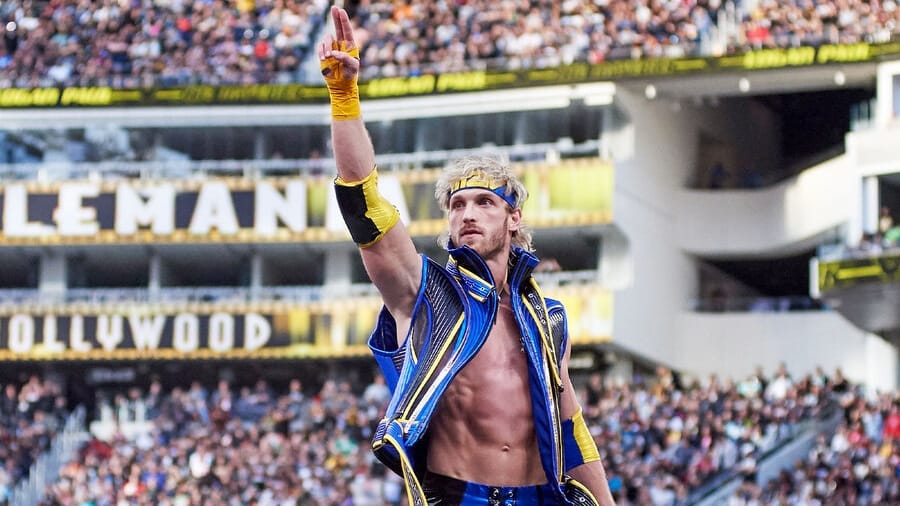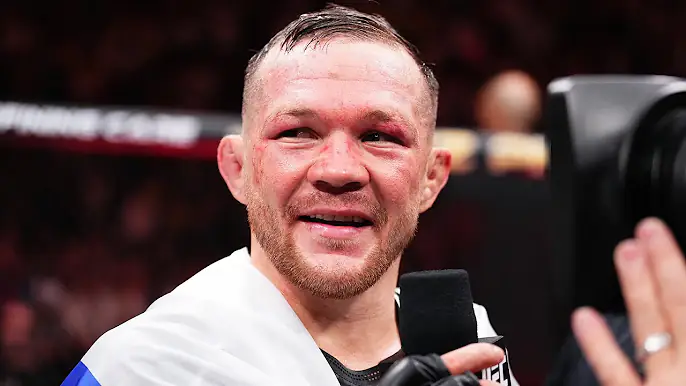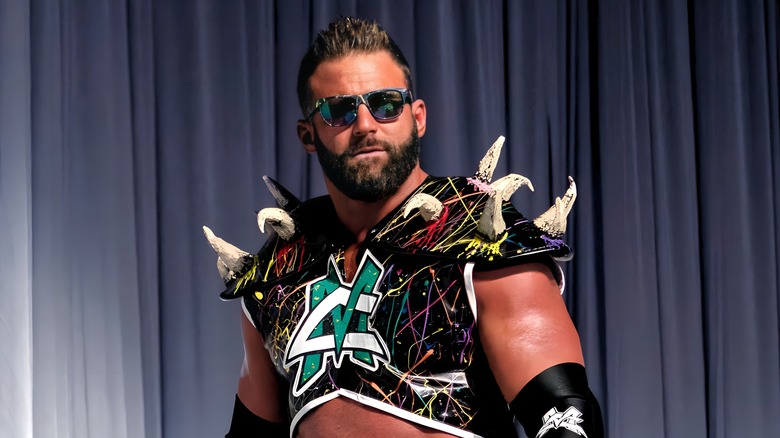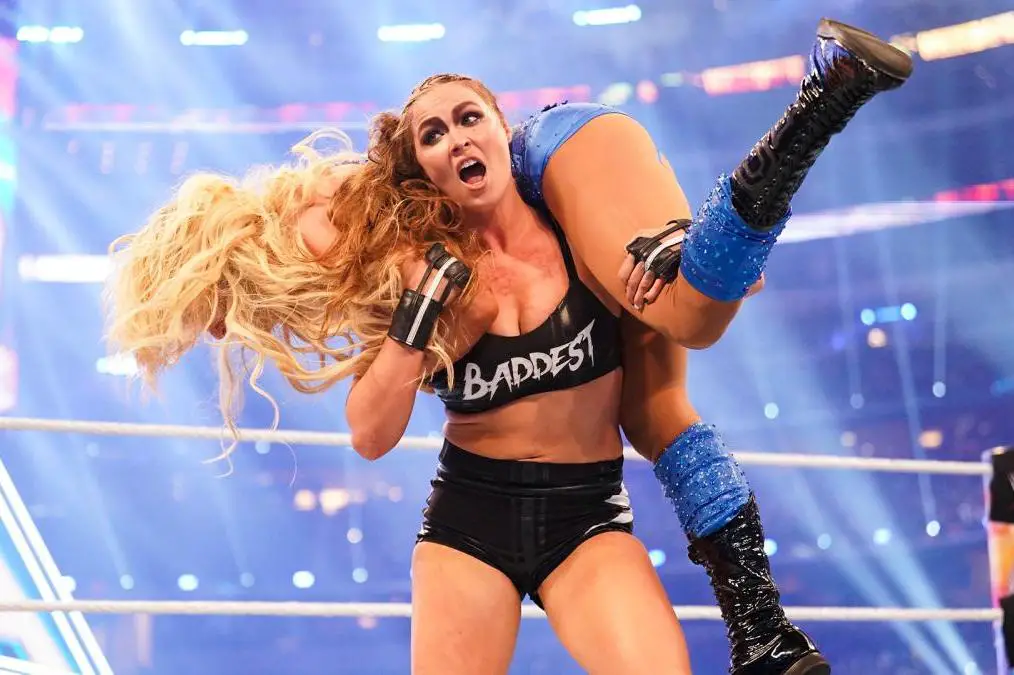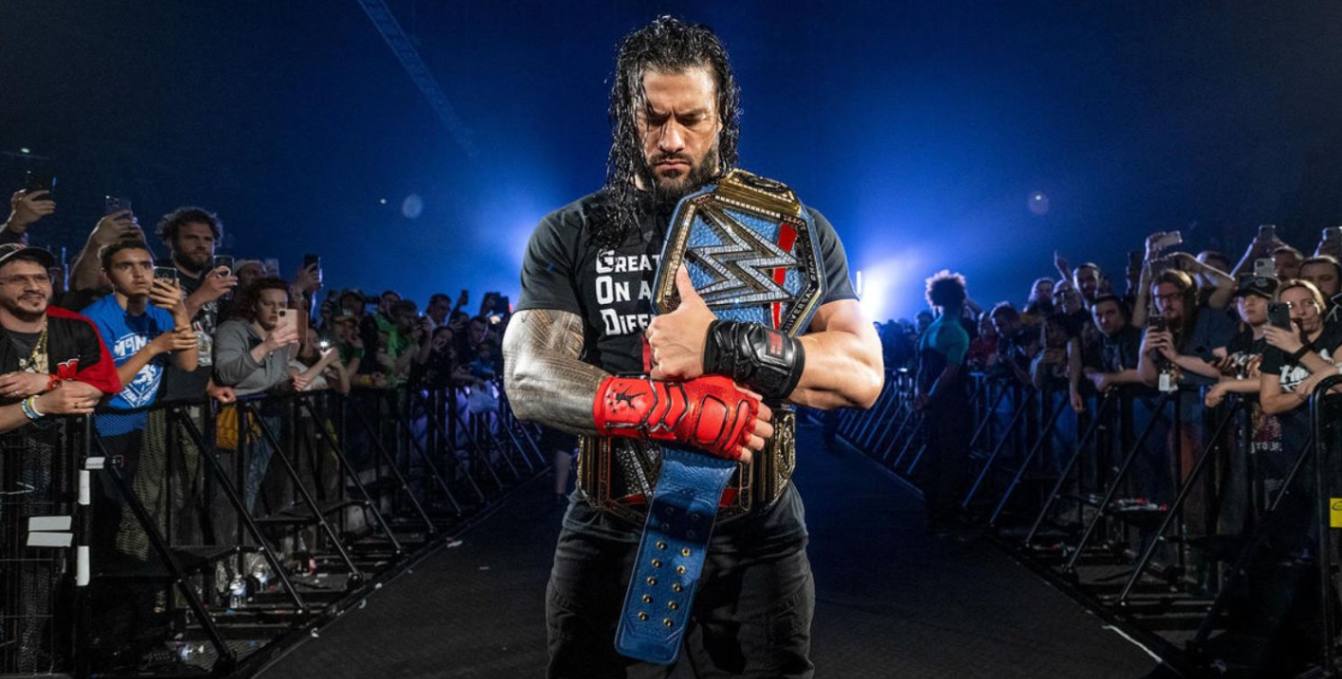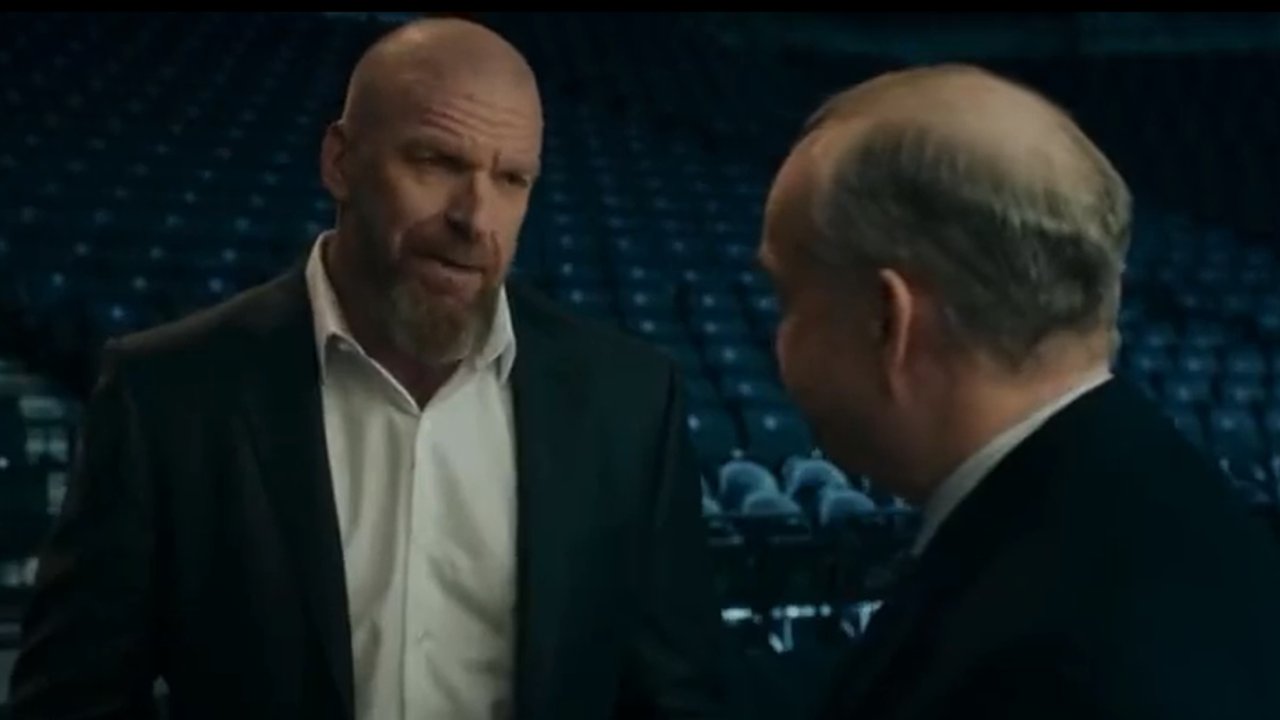The Psychology Of WWE Heels: Why Fans Love To Hate The Villains
Nothing in WWE might present itself entirely black and white as far as the hero versus villain mentality in question is concerned. The heel, the villain—a very mandatory ingredient—acts out just fine in putting together the best possible recipe that it is: great storytelling in sports entertainment. Let’s take in all the craftiness of a Ric Flair right through the dominative charisma of Roman Reigns; heels through time have dominated our attention and minds. However, what actually tends to happen in order for them to become such great heels? But coming back to the question then, why exactly does a fan go all the way to love just hating them? But how do these bad guys actually perfect this art of pulling heat while having audiences remain invested in their story? This article examines the psychology of WWE heels: their character development, ring psychology, and special connection they share with an audience.
The Role of the Heel in Wrestling
At its core, professional wrestling largely is a told story, mostly needing a negative figure. Where the heel might be used—creating conflict—an opponent to eventually challenge the upper hand of face and, all the while, most importantly, drive strong emotions straight from the audience, a heel will want to make everybody root against each other. Because of this you get this ‘cathartic’ feeling when triumph is finally able to overcome one, which simply makes the time of payoff come off all oh so sweet.
But being a heel is so much more than that; it’s so much more than being “bad.” The best heels are multi-dimensional in character, with motivation, personality, and flaws to which one can relate—even if their actions are despicable. They are the drama causers, the driving force of rivalries, and the reason the fans continue to come back for more.
The Art of Drawing Heat Perhaps the most valued skill a heel must acquire is the art of drawing heat, that is, negative crowd responses. This can be in various ways, from simply breaking rules to insulting the town or its sports team. The key is to get the audience to care enough to start booing.
Take Roman Reigns, for example; he did a fantastic job as the “Tribal Chief” when it came to drawing heat. He’s just smug, dominating, and manipulative with his family, so fans love him as a villain. Similarly, Dominik Mysterio, by turning on his father Rey Mysterio, joined the Judgment Day faction and has grown into one of WWE’s most hated heels.
He plays an entitled, whiny character that resonates with audiences, making him a magnet for boos.
Character Development: How to Create a Credible Villain
What makes for a great heel is not simply a bad guy per se but backstory, depth in character, motivations that make this heel believable; such would have been the evolution of Triple H in the days of the Attitude Era into a well-portrayed villain. Heading up D-Generation X, which he used to gain success; arrogant, although victorious by whichever means, a man hungry in nature. Which begat, in continuation of that specific character, being labeled the so-called “Cerebral Assassin”: calculating but cutthroat nonetheless in the confines of the ring-use his intelligence outside of pure brute force applied against opponents with great results.
Another great example is Becky Lynch’s transformation into “The Man.” While Lynch was a fan favorite, her heel turn in 2018 saw her take on a much more aggressive and self-centered persona. This not only rejuvenated her character but made her one of the most interesting figures in WWE.
In-ring Psychology: Telling a Story through Action
In-ring psychology refers to telling a story in the ring through physicality, facial expressions, and body language. This is done in heels through underhanded tactics, working over an area of the body, or mind games with their opponent.
Regarded by many as one of the masters of in-ring psychology, Edge’s heel character through much of the mid-2000s was all about being cunningly ruthless: he wouldn’t resort to using the steel chair from behind when the referee wasn’t looking or fiddle with whatever little weakness his opponents might have presented. He seemed to know where those strings were among the audience.
Similarly, in the heel run of Seth Rollins as “Architect” for The Authority, he marries technical grappling with villainy. Of course, adding dirty deeds-low blows, eye pokes-only heightened his despicable character, while in-ring skills elevated the match, as always.
The fine line that exists between being the heel and being the anti-hero.
But perhaps the subtlest shade of heel psychology is how thin that thread is between villainy and anti-heroism. Plenty of heels are so compelling in what they do that fans can’t help but still cheer for them as they do some pretty autonomous and awful things; this, in wrestling terminology, is called “cool heat,” where this generally happens with characters who come off charismatic, confident, or rebellious.
The best example would be “Stone Cold” Steve Austin, who started off as a heel but soon became a fan favorite because of his anti-authority attitude and basically a rebel. Other examples include the “Pipe Bomb” promo by CM Punk in 2011, where he blurred the lines between heel and face with his scathing critique of WWE management that resonated with fans.
Roman Reigns has walked that line with mastery in recent times. The actions of the tribal chief are undeniably villainous, but charisma and dominance have welcomed him into a certain respect and admiration from an audience that knows better. He is, at this time, one of the most compelling characters in WWE.
Why Fans Love to Hate Heels In so many ways, the relationship of heels and audiences is rather peculiar in that the fans boo them, jeer them, and yet their reaction somehow becomes a success story for a heel inasmuch as he has been able to evoke their feelings. In many ways, the heel succeeds by the greatness with which the response comes from the crowd.
Part of the appeal of heels is that they can break down barriers and push the envelope. They represent the darker side of human nature, allowing fans to explore themes of power, greed, and ambition in a safe and controlled environment. Additionally, heels often serve as a foil for the hero, making the eventual triumph of the face all the more satisfying.
The Future of Heels in WWE
With every step the WWE takes forward, so does the concept and role of the heel. With social media on the rise and a want for more complex storytelling, heels are no longer bound by traditional archetypes. Today’s villains are more nuanced, more relatable, and more unpredictable than ever before. Success for characters such as Roman Reigns, Dominik Mysterio, and Rhea Ripley proves a place still exists in today’s wrestling for heels. For every hero someone has to root for, there is going to be a villain they root against. And as long as the WWE keeps pushing the envelope when it comes to storytelling, the heel psychology will forever be the anchor of professional wrestling.
Conclusion
The psychology behind the heels in the WWE world is rather intriguing—in character development, audience participation, and telling of the story. The best heels draw great heat to great ring psychology. Such men have a tendency to stir the right kind of emotion, even while keeping their fan base riveted in following the progress that these performers would undertake. Heels, though hated or begrudgingly admired, play a crucial part in wrestling; hence, reminding people that behind every great hero lies an awesome villain. As WWE continues to innovate and push the envelope, the art of being a heel will be as relevant and interesting as ever.
